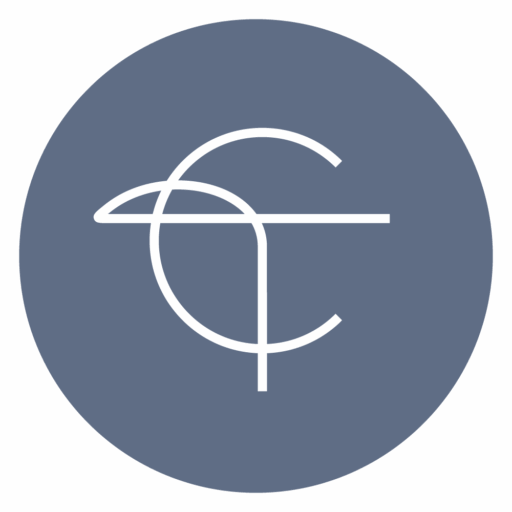How We Work: The Models That Guide Us
We don’t believe in one-size-fits-all therapy.
That’s why we draw from several research-backed models. Each one offers a different lens—a way of seeing, naming, and shifting relationship dynamics. Some couples need structure. Others need to feel. Some need both.
Here’s a quick introduction to the frameworks we use most often. Click through if you want to dive deeper into any of them.
The Gottman Method
Grounded in decades of research, the Gottman Method offers tools to reduce conflict, increase connection, and rebuild trust. It’s structured, science-based, and practical—great for couples who want a roadmap.
Learn more about the Gottman Method →
Emotionally Focused Therapy (EFT)
EFT helps partners move beyond reactivity to name the fears underneath. It’s about safety, attachment, and learning how to turn toward each other—especially when it’s hardest.
Learn more about EFT →
Discernment Counseling
When one partner wants to stay and the other isn’t sure, Discernment Counseling helps you slow down and gain clarity. It’s not couples therapy—it’s decision therapy.
Learn more about Discernment Counseling →
Imago Relationship Therapy
Imago invites couples to explore how early experiences shape present-day conflict. It’s deep, structured, and dialogue-based—less about blame, more about insight and empathy.
Learn more about Imago →
Cognitive-Behavioral Therapy (CBT) for Couples
CBT focuses on identifying and shifting unhelpful thought and behavior patterns. It’s collaborative, skills-based, and especially helpful for couples facing anxiety, depression, or everyday stressors.
Learn more about CBT for Couples →
Psychoanalytic Couples Therapy
Psychoanalytic therapy explores the unconscious dynamics at play in your relationship—how old wounds and hidden fears quietly steer the way you love, fight, and protect yourself.
Let’s Begin
You don’t need the perfect model.
You need the therapist who knows what to reach for—and when.

